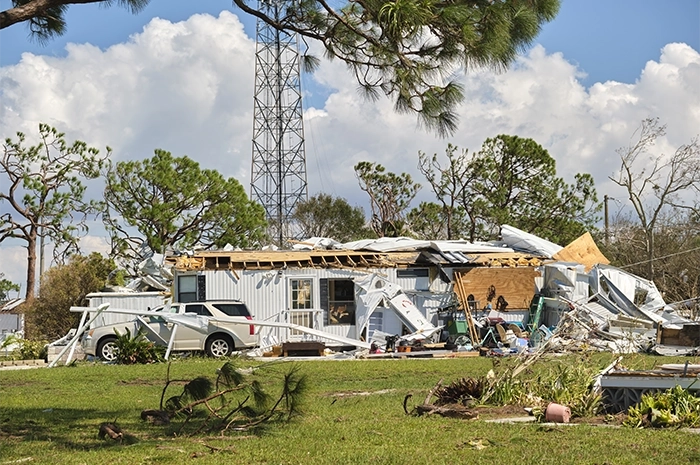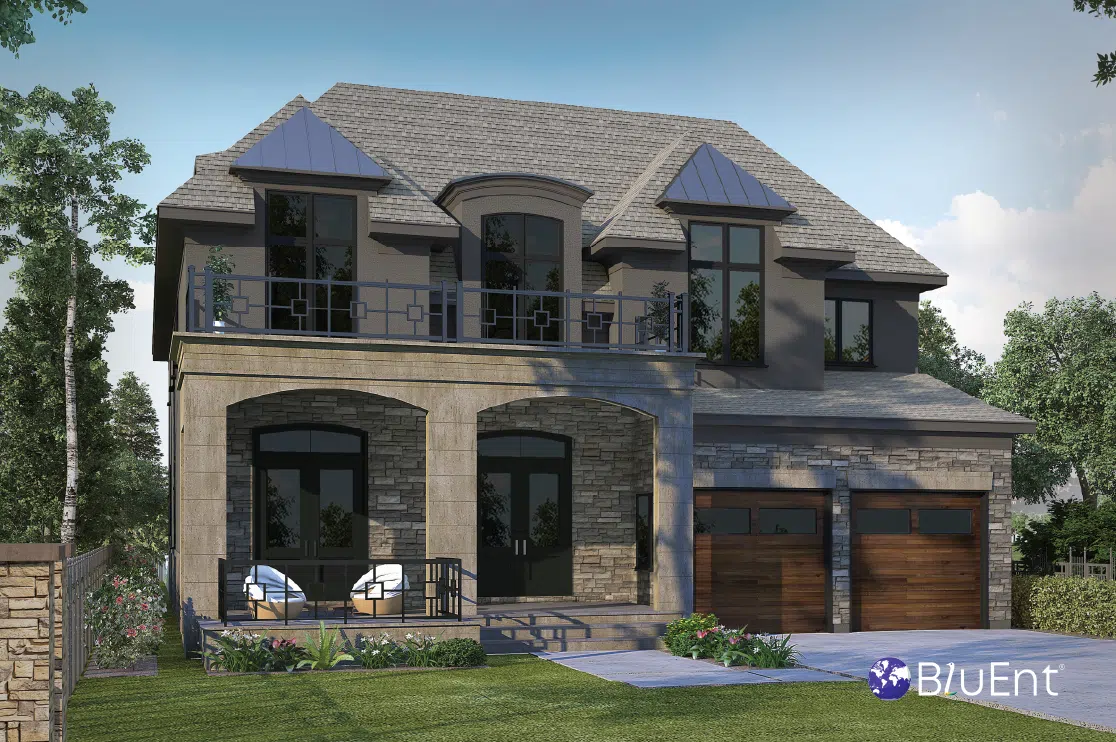Here is a new concept to fight against the force of the wind – aerodynamic architecture.
This past year we have seen the destructive power of wind, particularly from tornadoes, in Joplin, Missouri and Tuscaloosa, Alabama. In the aftermath, there was the usual call for stronger building standards to make residential construction safer to minimize damage and loss of life.
There have been improvements over the years in building standards even if they have been more modest than needed.
But there is something missing from this discussion; a question we are not asking. Why aren’t we building residential construction that is more aerodynamic? Yes, aerodynamic like we have been building our automobiles.
We have been making our cars more aerodynamic for a long time, primarily to improve fuel mileage. Compare the Ford Model T to today’s Ford Focus. They are significantly different in shape and ability to shed wind.
Our houses are not unlike the Model T. They expose lots of surface area and flat walls can catch the full force of wind, causing damage and destruction. They often have long roof overhangs, section add-ons and wind-catching ornamentation. A streamlined home presents lower wind resistance or better “coefficient of drag”, to borrow a term usually applied to automobiles.
That is a good thing when it comes to hurricanes and tornadoes. But it is not the only benefit. Better geometry can also lower surface area to volume enclosed, reducing energy for heating and cooling. By reducing or eliminating sharp corners, which concentrate forces, there is potential to reduce seismic loads on our buildings in earthquake country.
But what geometric shape or shapes should we be using for our homes to make them more aerodynamic, recognizing that most people aren’t going to live in geodesic domes? We can take some cues from nature, which doesn’t build boxes, but does have to deal with wind and other forces.
Whether it’s the honeybee, who builds with hexagons, the nautilus that uses circular spirals, or birds that construct hemispherical abodes, there are many forms that could be adapted to residential construction; some are tame and others more radical. These shapes offer the potential for safer and more environmentally benign homes, fostering a creative new aesthetic.
Our preferences in home design are not innate; they are learned. There is precedent for shifting to different aesthetics from what we grew up with. We see that in our clothes, in furniture and in our cars, just to cite a few examples. But we must recognize the need to shift before we create the opportunity to do it.
We can take a lesson from the energy crisis of several decades ago when we began the march to more fuel-efficient cars. It doesn’t have to come from a government mandate. But more aerodynamic houses should be in our future. Better energy efficiency, safer homes, and less earthquake risk are some of the reasons to change.
We just need to think outside the box.







 How 3D Architectural Visualization Boosts Property Pre-Sales?
How 3D Architectural Visualization Boosts Property Pre-Sales?  A Guide to 3D Condo and Apartment Rendering for Residential Projects
A Guide to 3D Condo and Apartment Rendering for Residential Projects  Details of Modern Ranch Style Open Floor Plans for Builders & Buyers
Details of Modern Ranch Style Open Floor Plans for Builders & Buyers  How 3D Landscape Designs for Exteriors Can Elevate your Property’s Value
How 3D Landscape Designs for Exteriors Can Elevate your Property’s Value